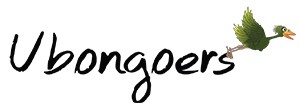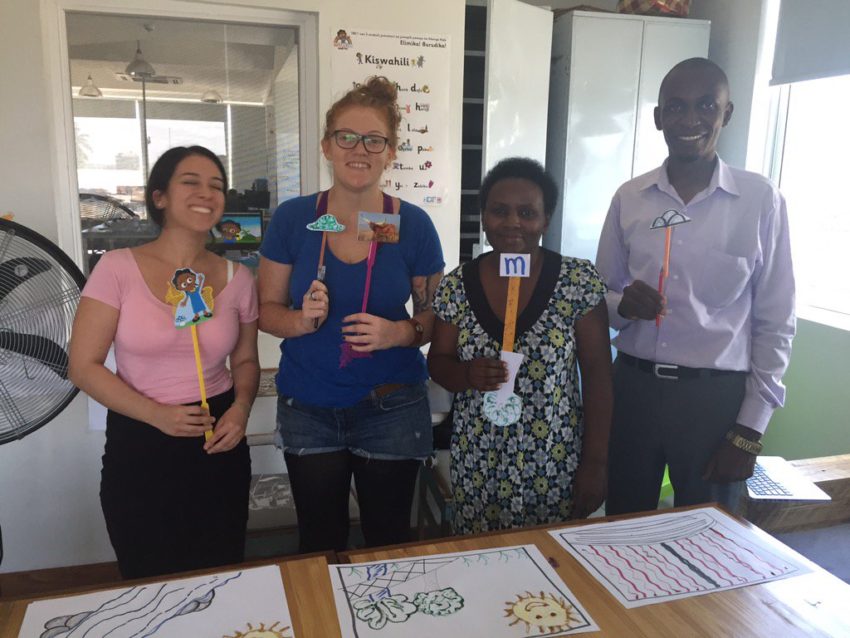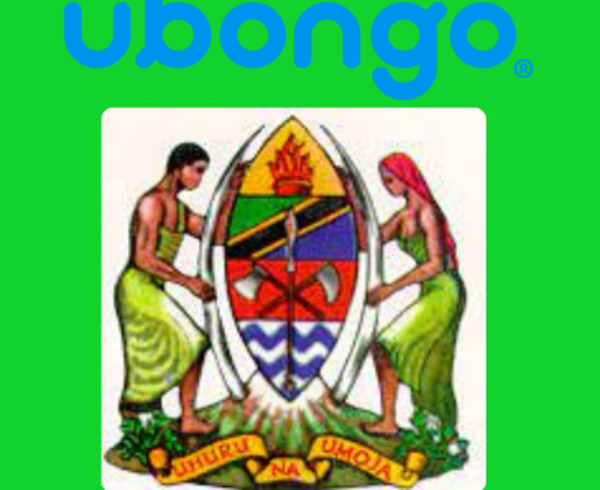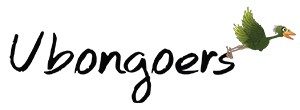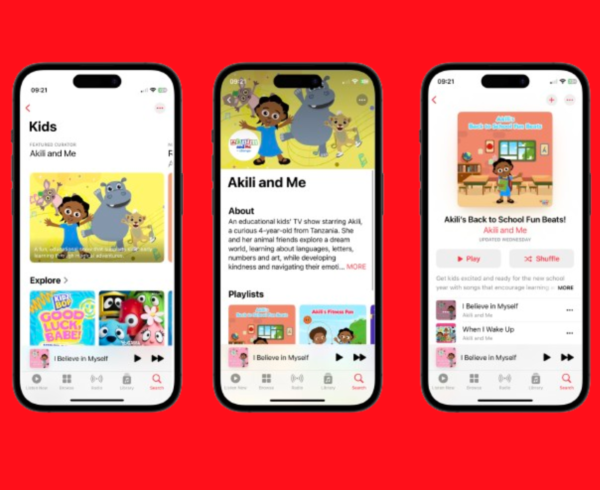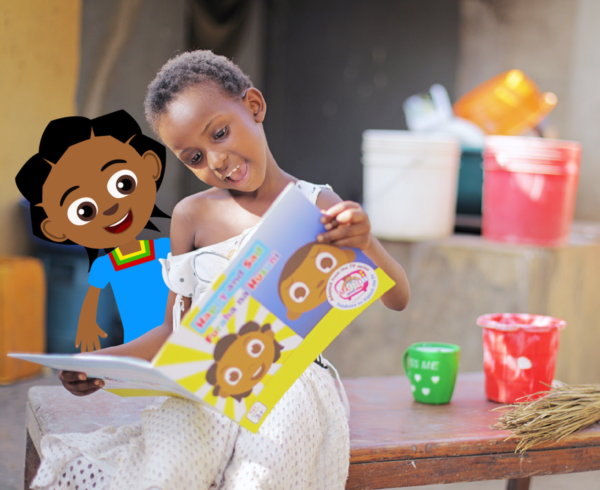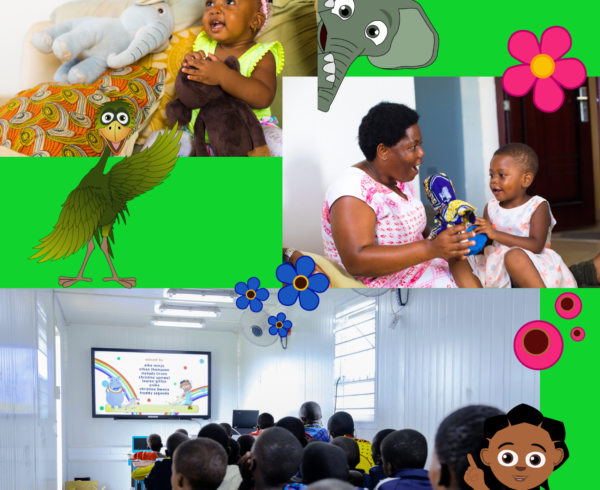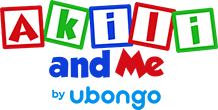“Design truly is a contact sport. It demands that we bring all of our sense to the task, and that we apply the very best of our thinking, our feeling and our doing to the challenge that we have at hand.” –Tom Wujee-
I didn’t know what to expect coming into Ubongo’s Prototype Workshop Monday morning. I was aware that we were going to be doing a fun team activity to create a program that teaches children the letters of the alphabet. Our workshop leaders began by making the point that our goal needs to be clear, simple and measurable: to teach a child through a 2 min. video how to identify a letter when asked. The guidelines were:
- make sure to engage the children throughout the lesson,
- brainstorm fun ways for children to remember what they just learned for a long period of time and eventually for good.
They encouraged us to think outside the box and to creatively try and test methods to see what would yield the most effective lessons… a new model for teaching critical pre-literacy Akili and Me Season 2.
There is an African Proverb that goes, “If you want to go fast, GO ALONE, if you want to go far, GO TOGETHER.” I’m using this quote to express how much better a team of people with the same end goal can get a task accomplished.
As Ubongo strives to find the best way possible to teach children through interactive edutainment, it believes in everyone working together, offering thoughts, ideas and different perspectives on how to solve a problem and produce quality work. What would have taken weeks or months for two or three people working on their own took only a couple of days to accomplish when everyone in the office pooled their ideas simultaneously.
Now this was not an easy task! Teaching a child how to recognize letters relies heavily on whether we can keep the child’s attention throughout the lesson, and whether they will efficiently learn and remember what they are taught. It was up to us to find ways to educate children in an effective, fun and engaging way.
By using team prototyping , we were able to quickly adjust our lessons according to the assessments taken throughout the process. The whole office was divided into 4 teams of about 7 people. Approximately 24 children were brought into the office. The workshop lasted 2 days and we had about 7 rounds of trials and assessments. For the first two rounds, each team was divided into groups of 2-3 people to assess the letter recognition level of one child per group. This gave us the opportunity to practice how we would teach the child letter recognition. With each round after that we worked as a team to develop educational material and method we would use to teach a child letter recognition in a 2-3 minutes video. Between each round we assessed and evaluated children’s reaction and performance to our lesson and made adjustments accordingly.
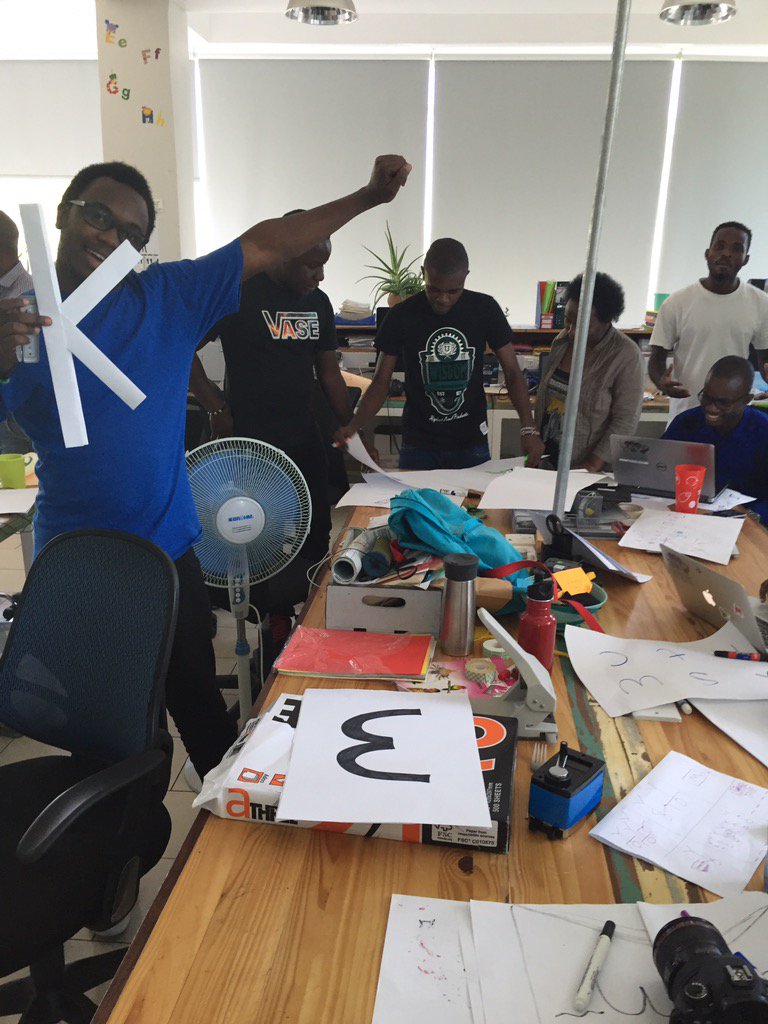
At the end of day 2 we were able to come up with an effective plan for creating our animated videos, based on 5 key findings:
- Children respond really well to body language and storytelling in illustrating letterforms. They were better able to remember the letters (at least for a short period of time).
- Repetition was key. Giving the children the chance to say the letter with us teaches them to connect the letter being taught with its sound.
- Encouragement and excitement kept the children engaged and attentive to what we had to say.
- In animation, more things happening on the screen acted as a huge distraction to the children’s concentration to the letter being taught.
- Learning the shape of the letter and name of the letter seemed to be two distinct steps, and most children could grasp either one or the other, but not both after a single video.
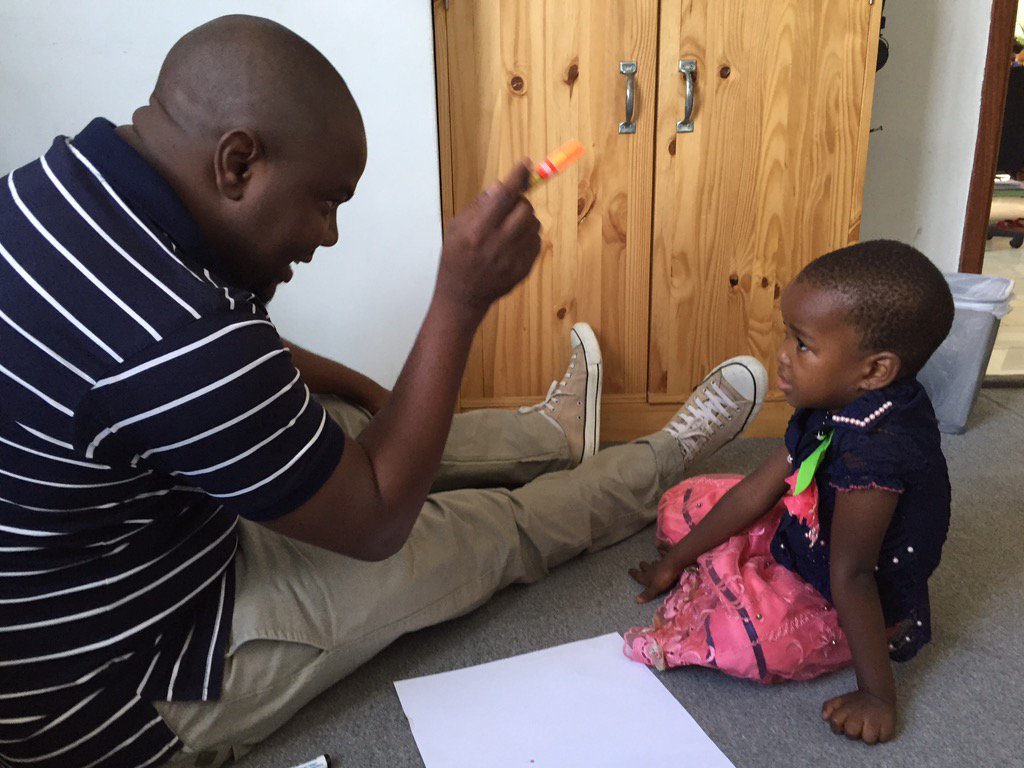
“Fail Fast!” is a saying used by organizations to describe the way prototyping is important to effectively implement a project. Throughout this workshop, we all worked together to quickly test and learn from different strategies we could use to fill the gap between ‘Akili and Me’ and Tanzanian children’s ability to learn and identify the alphabet. Prototyping can be used not only for projects like this, but for many others as well. It could be used at schools to find the best ways to engage and teach children of all ages. I can also see prototyping being used in an organizational setting, where employer and employees work together to find the best way to structure the setup of their organization in order for things to run smoothly.
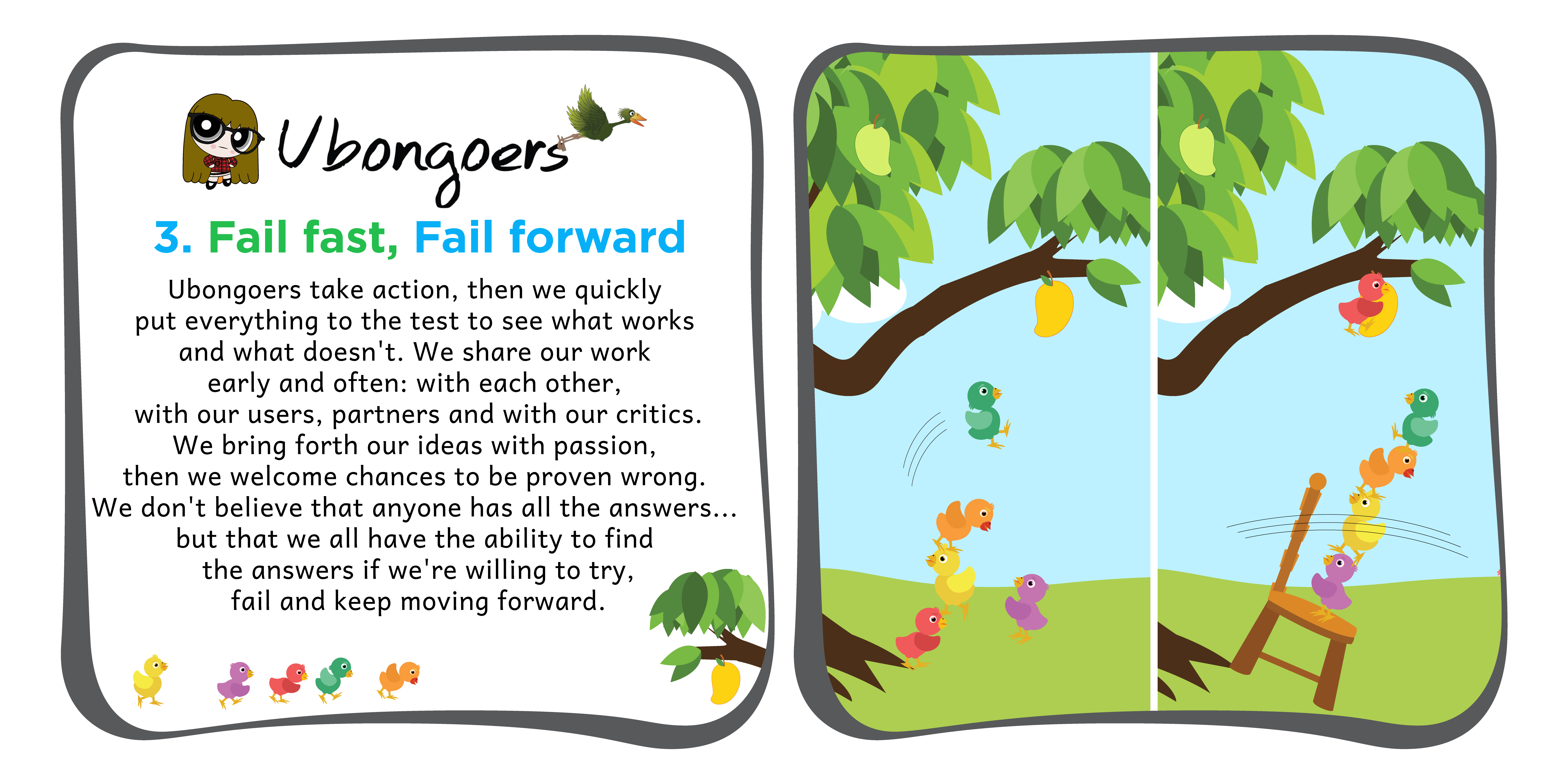
Prototyping goes hand in hand with teamwork. This workshop proved to provide answers to questions on how Ubongo can improve Akili and Me’s effectiveness in teaching children letter recognition. It also provided a fun and stress free environment as we worked together to figure things out!
